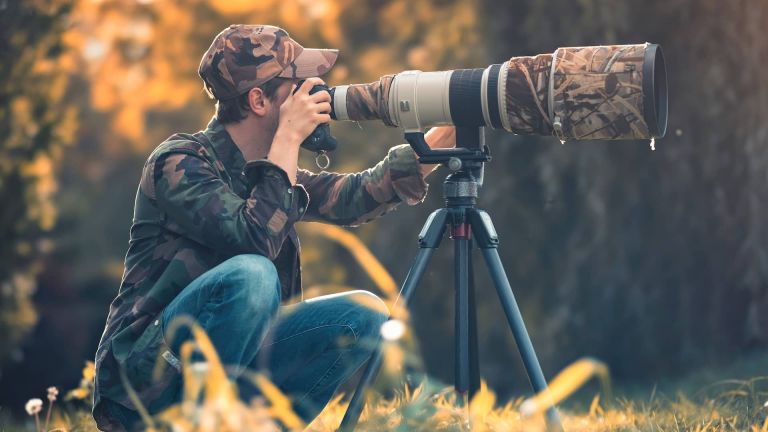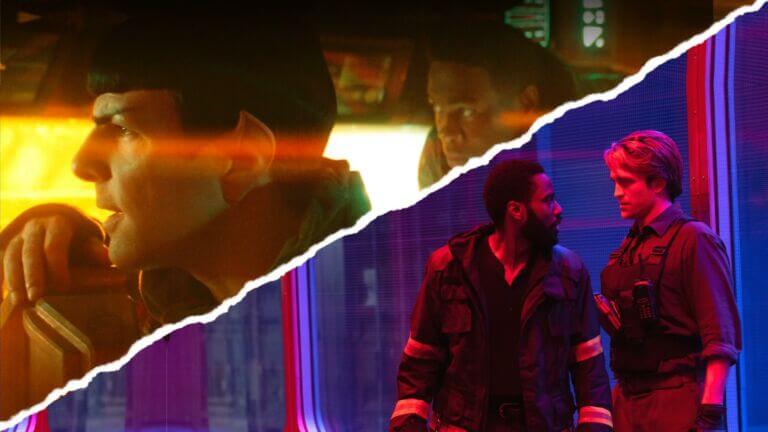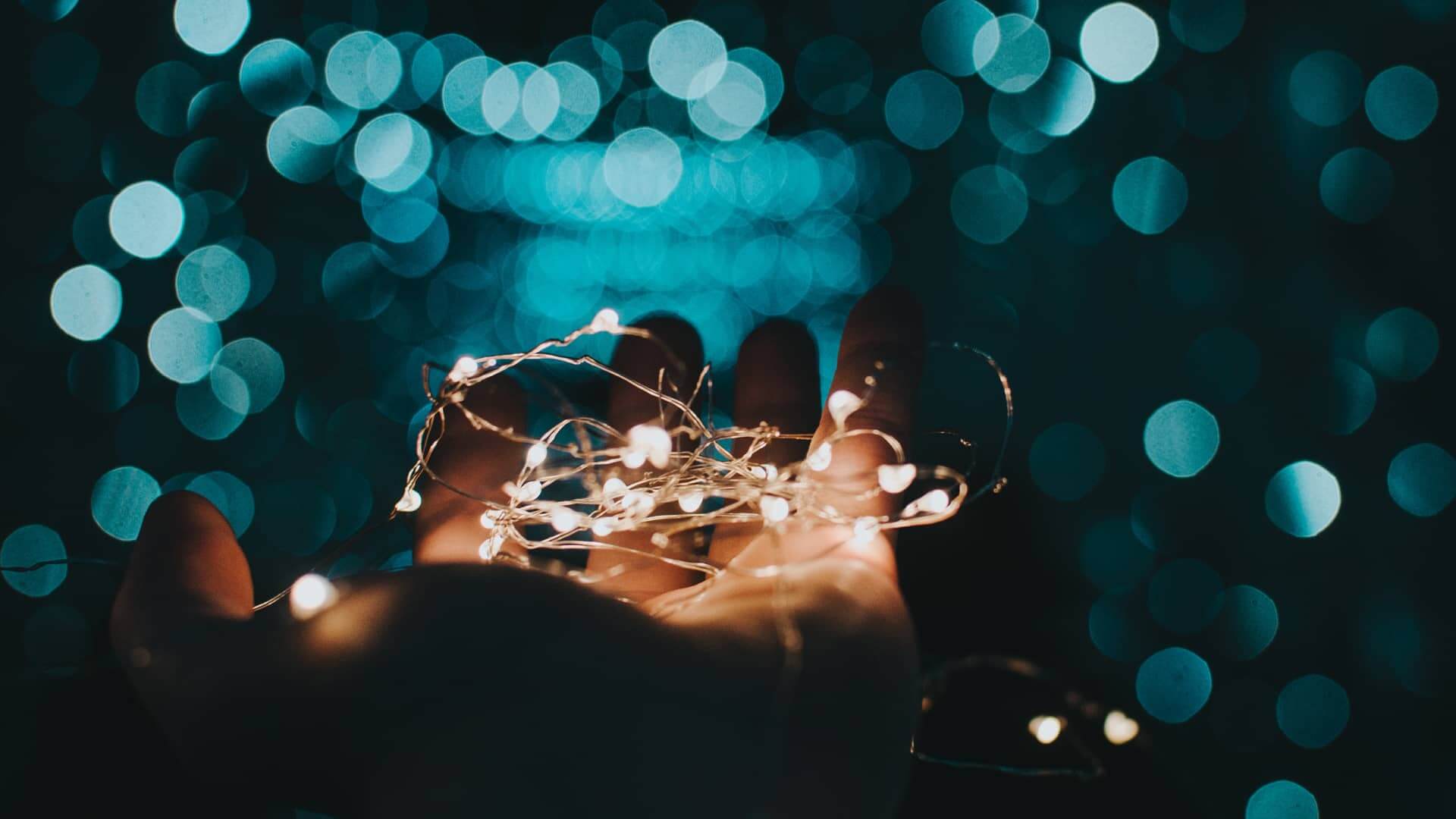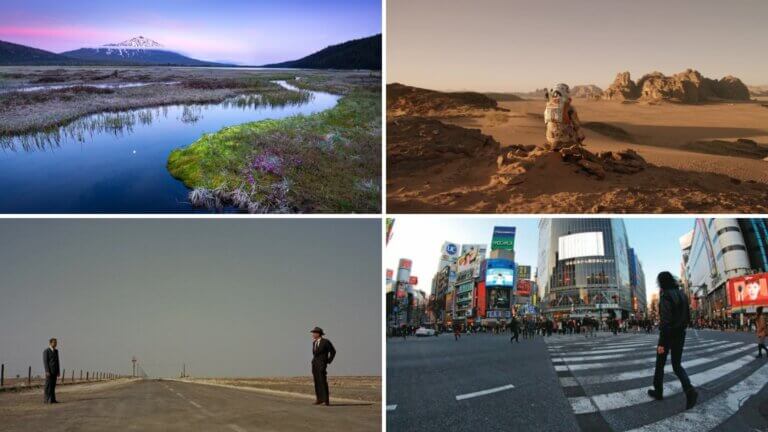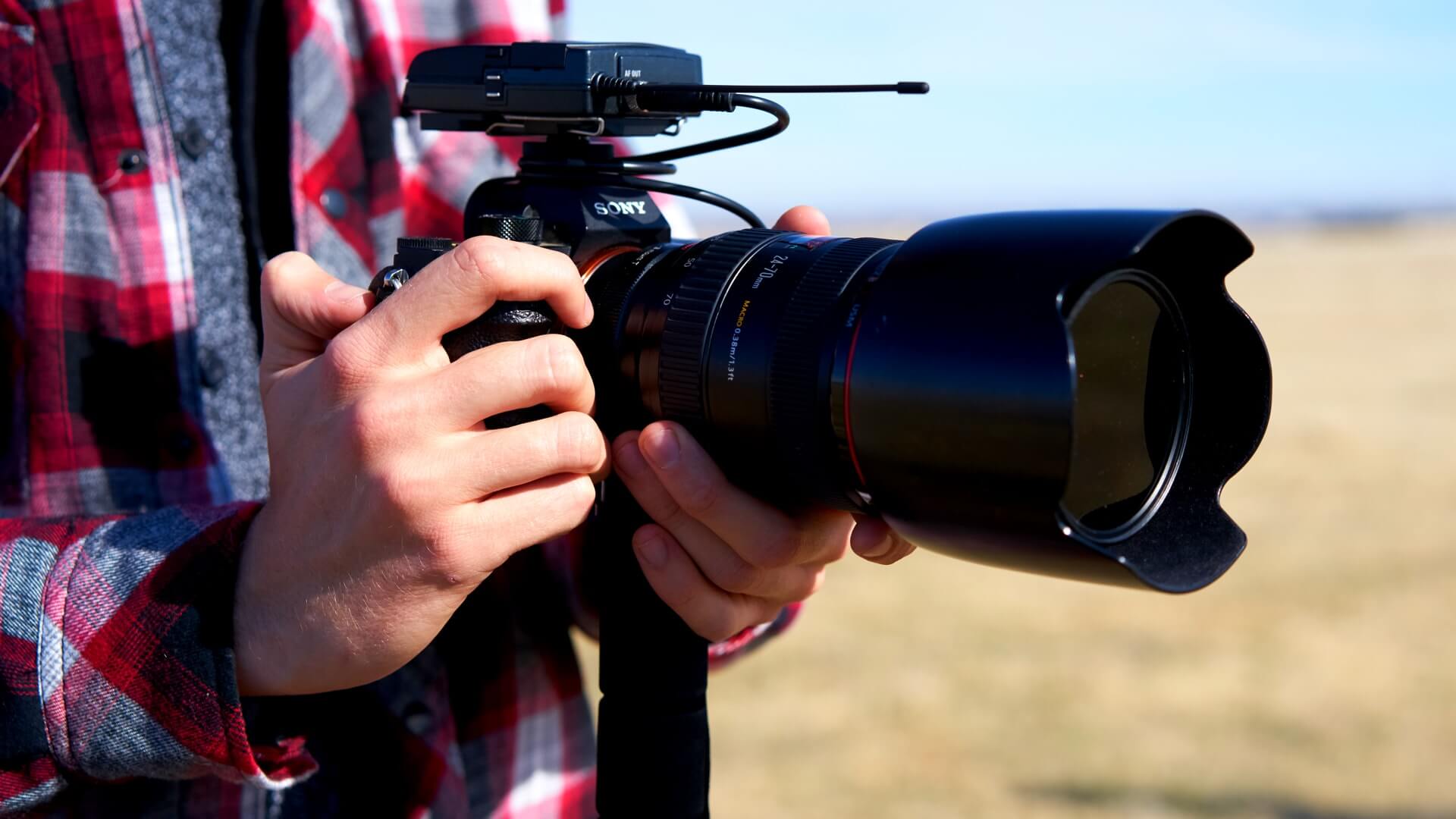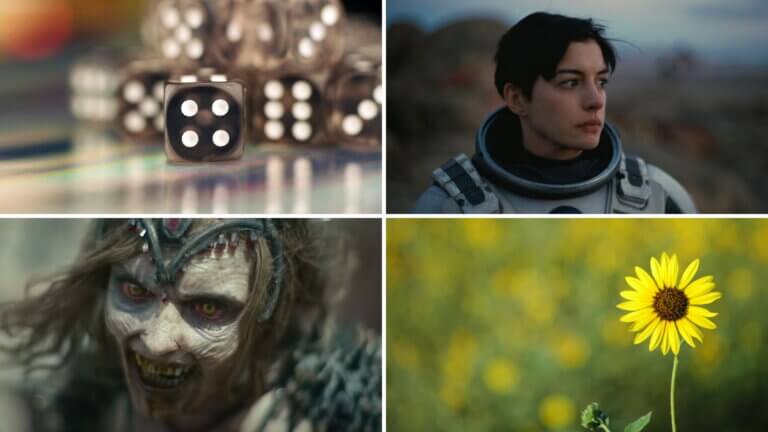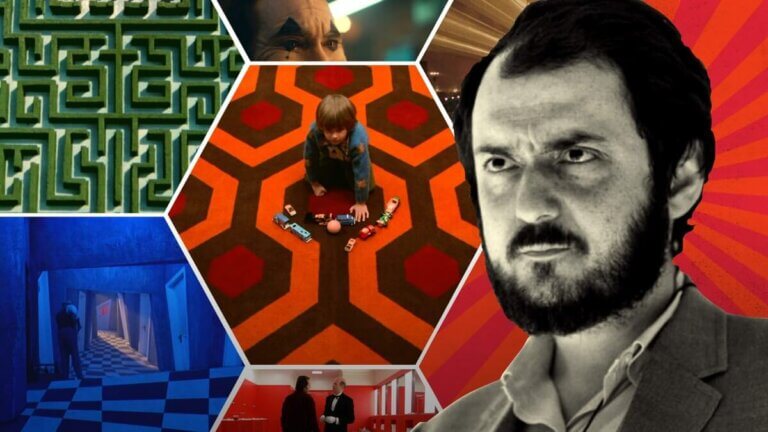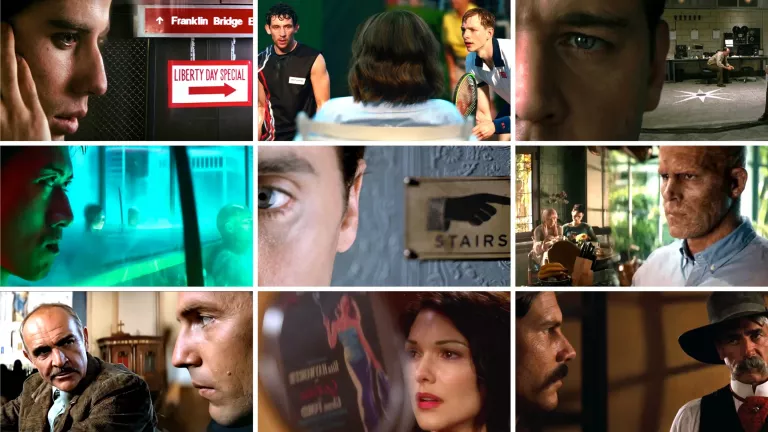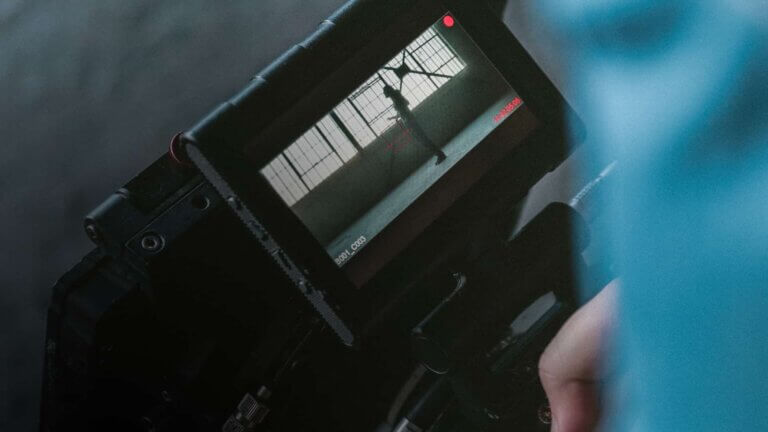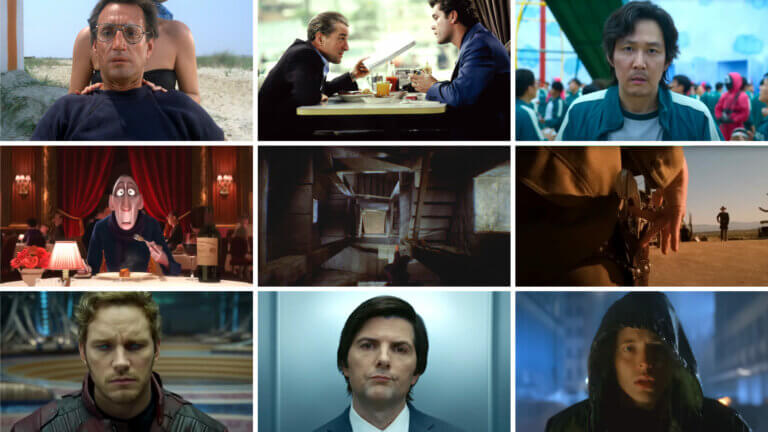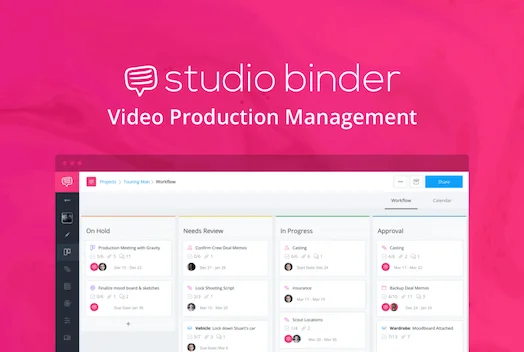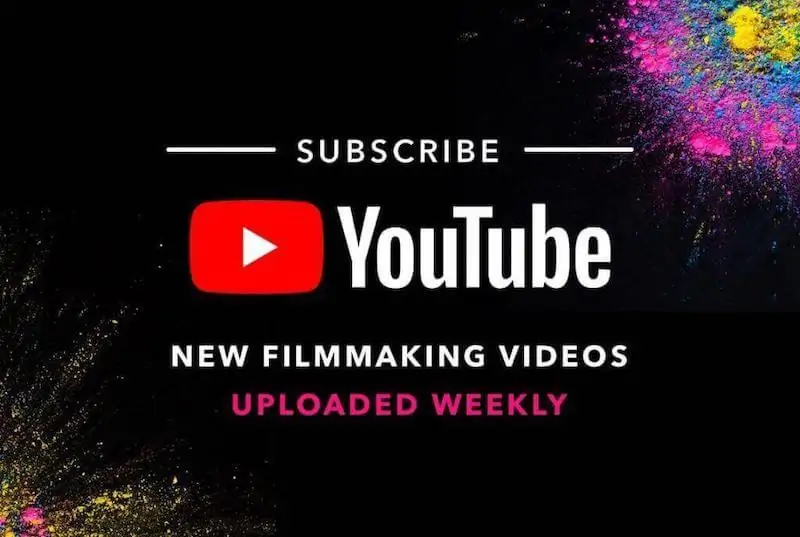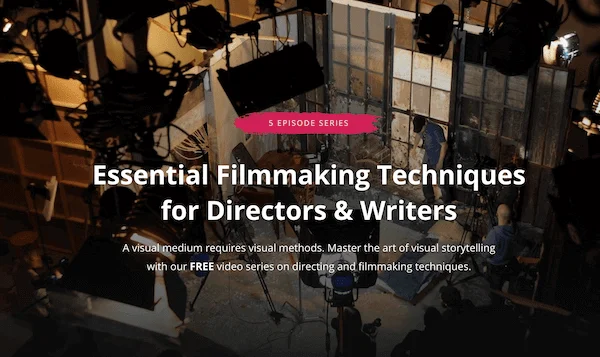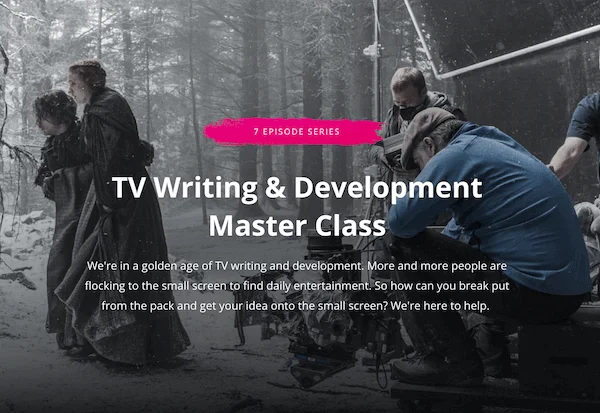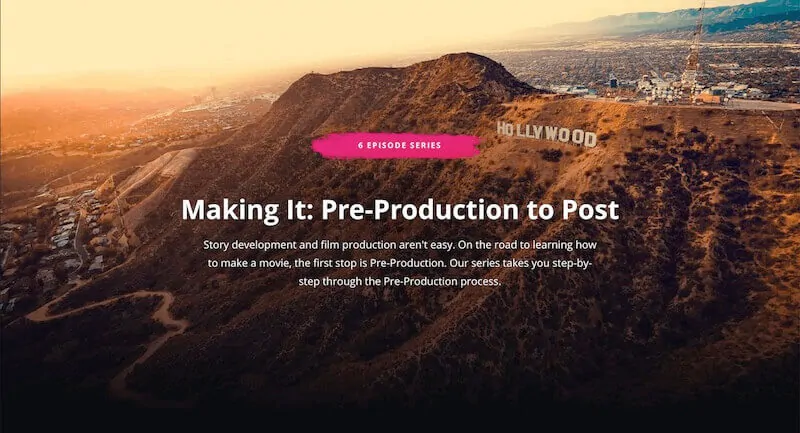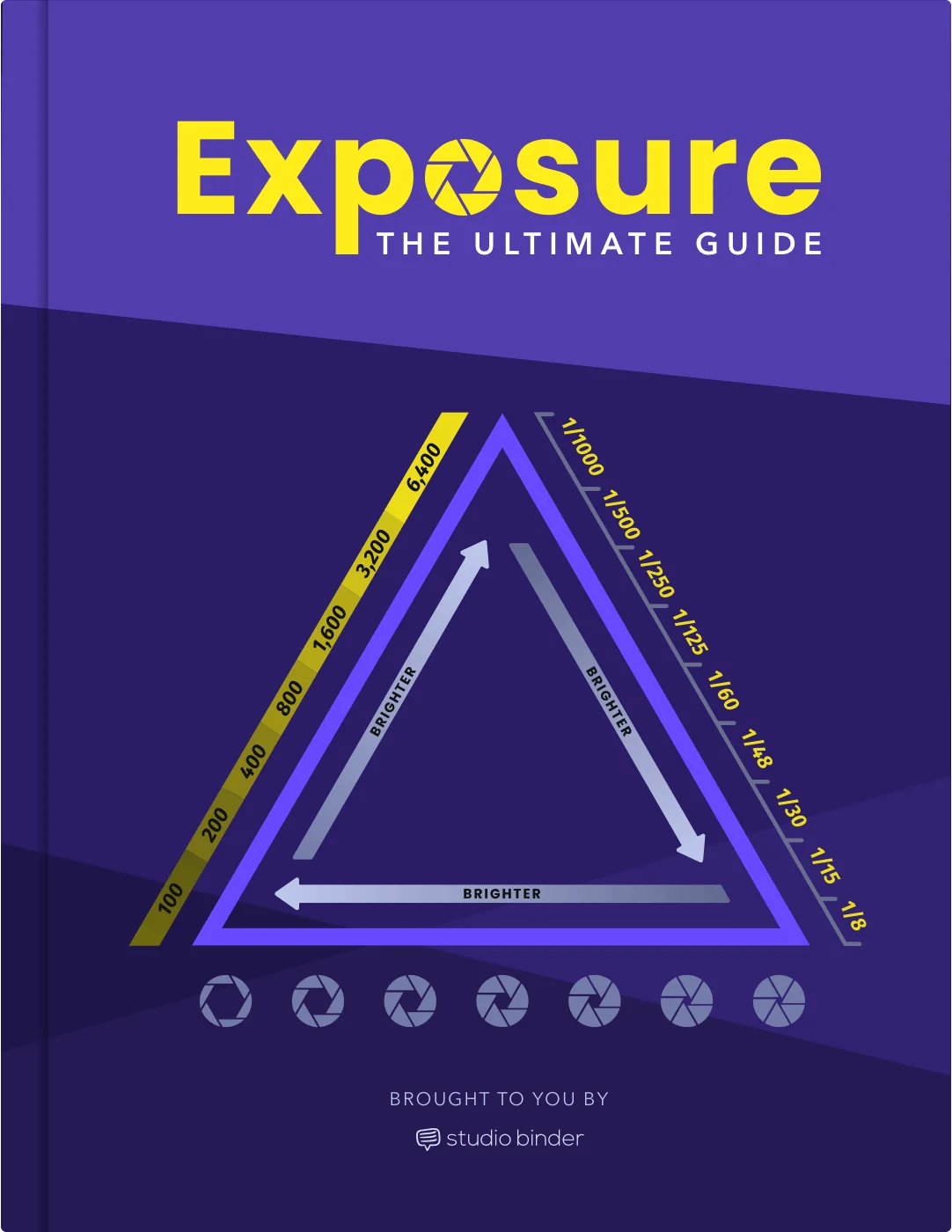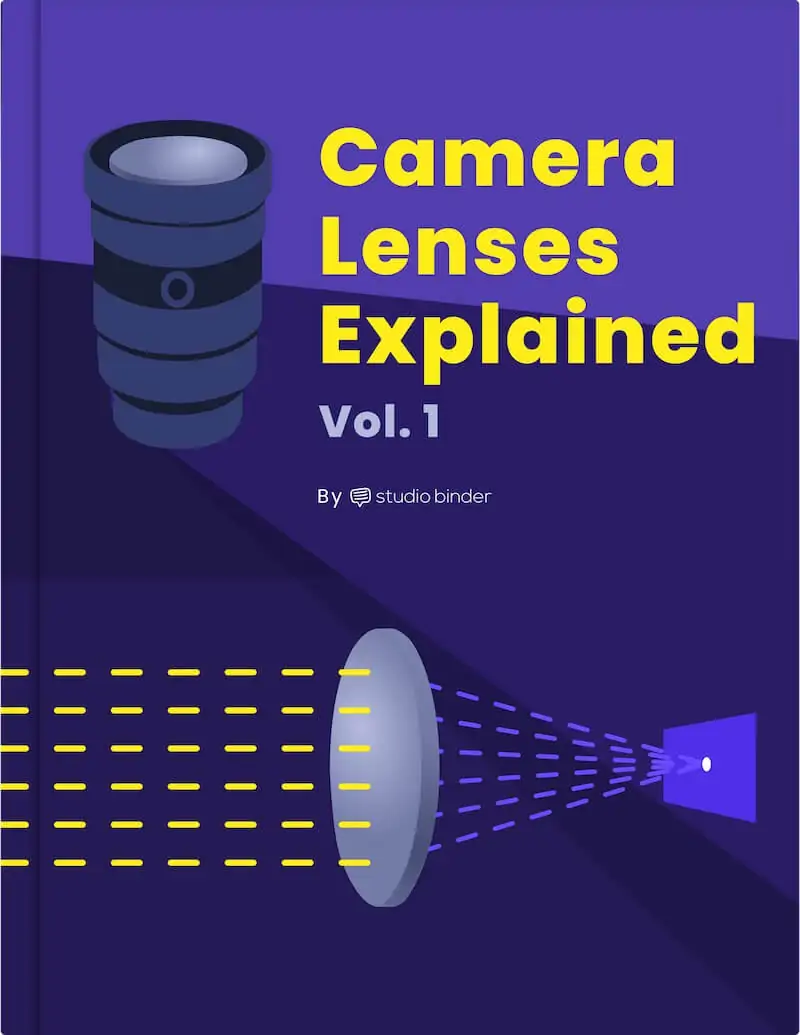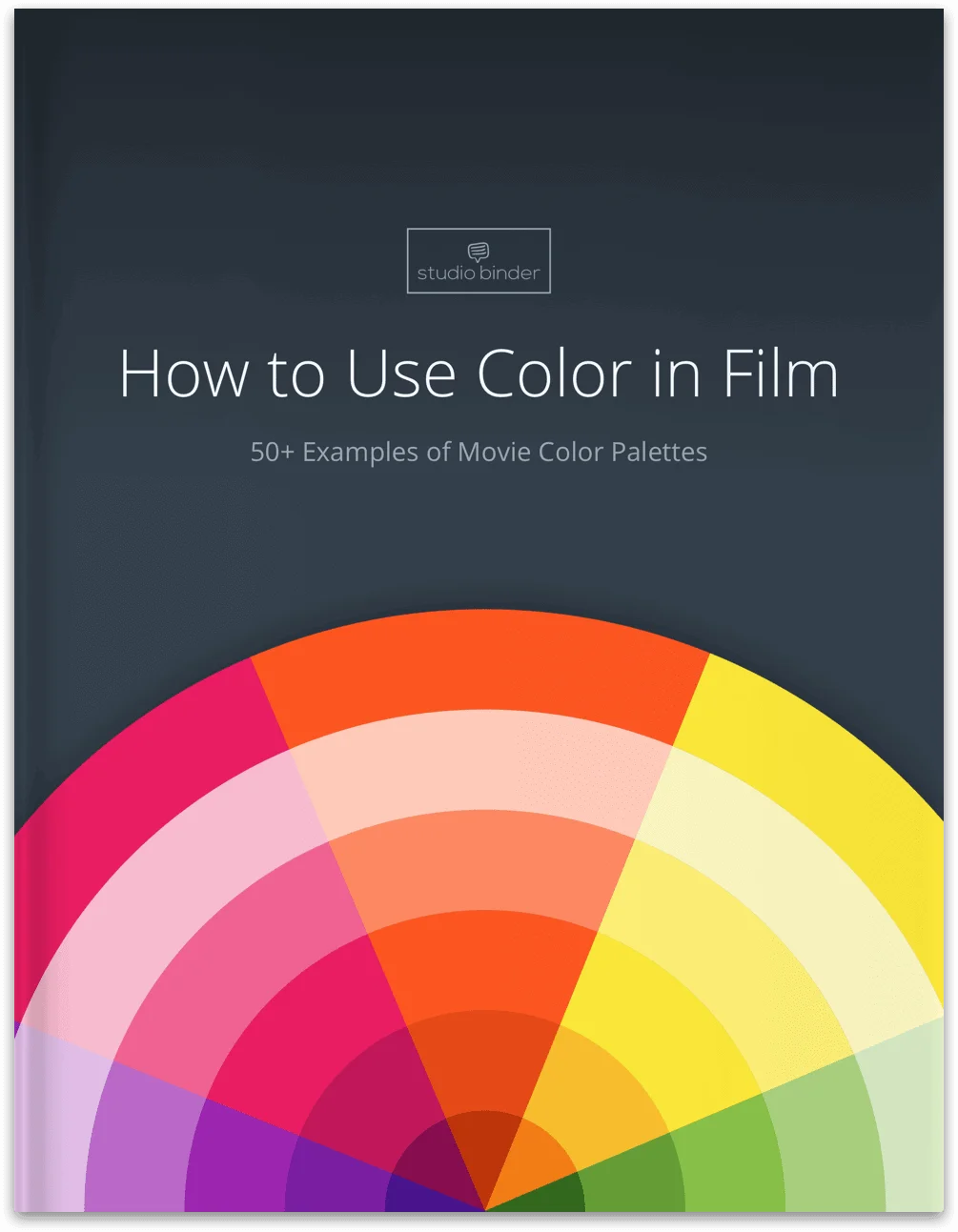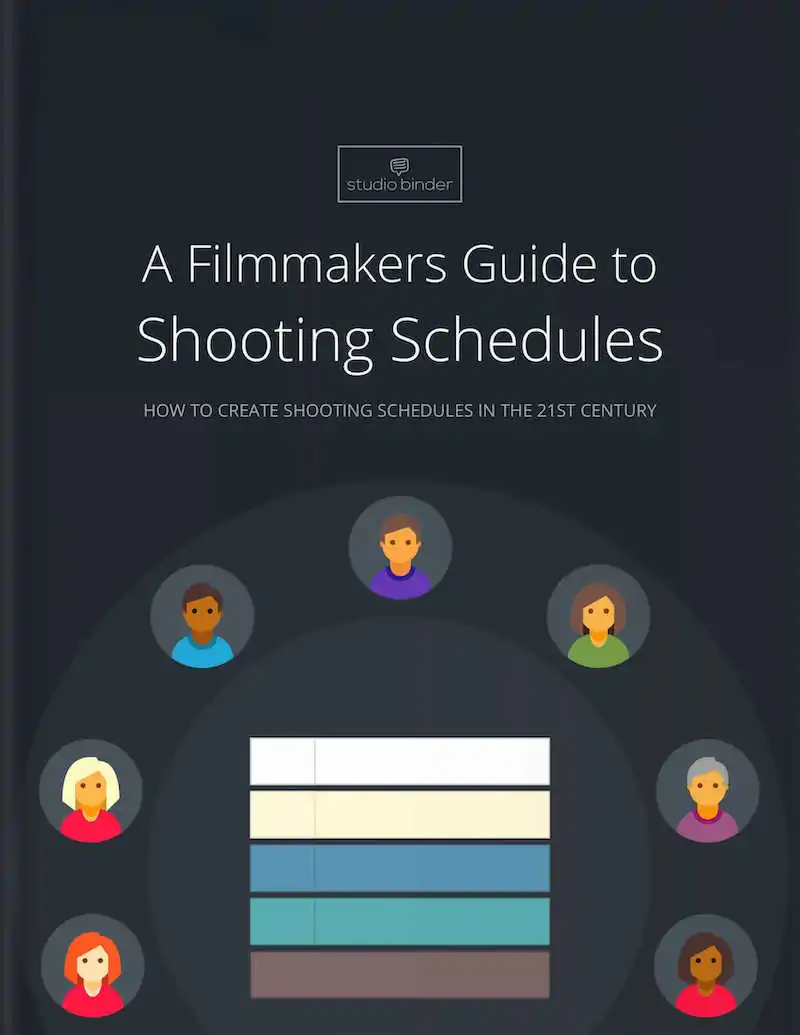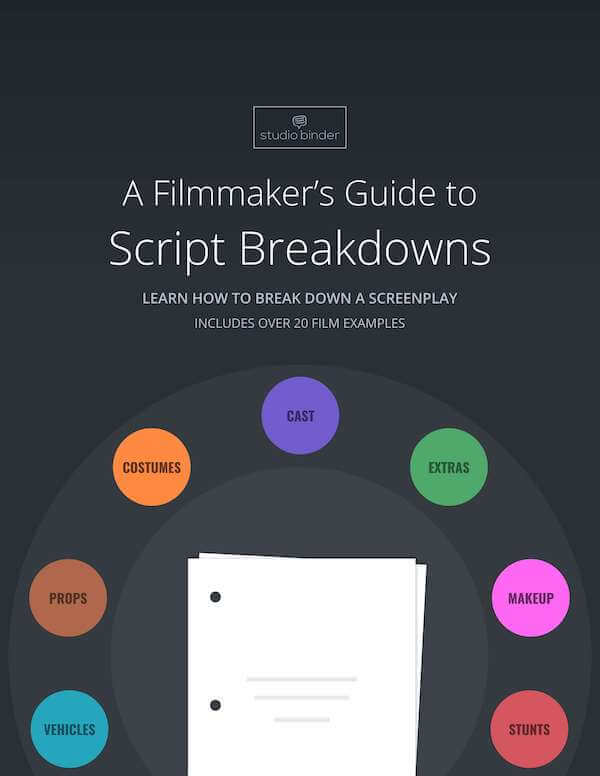Telephoto lenses are used by photographers from every skill level and in various situations. In other words, have a telephoto lens in your kit is a must. They’re a lifesaver when it comes to shooting distant subjects, but serve quite a few other purposes. In this post, we’ll outline some advantages of going with a telephoto lens, and what to consider when shooting with one. But first, what is a telephoto lens?Continue reading What is a Telephoto Lens? How to Get the Shots You Want
What does tank-warfare and the aspect ratio of movies have in common? Anamorphic lenses! These technological marvels are legendary in the world of cinematography. Over the past 100 years, Hollywood has constantly experimented with various innovations, seeking not just to push creativity but to increase profit. A brief journey through history will help us appreciate the anamorphic format and its unlikely invention and popularity. And if you're a filmmaker looking to get that "anamorphic lens look," we'll go over all the visual characteristics that will get the job done. Continue reading What is an Anamorphic Lens? How to Get that Cinematic…
Once you’re familiar with the basics of photography and videography, more advanced techniques are fun to explore. One of those techniques is bokeh, the tasteful inclusion of out of focus elements. Aperture and depth of field are necessary for achieving the bokeh effect but what is bokeh exactly? We'll start with a bokeh meaning, including some bokeh photography examples before ending with a step-by-step guide on how to achieve the bokeh effect.Continue reading What is Bokeh in Photography & Video? Bokeh Meaning and Creative Examples
The benefits of using a wide angle camera lens can be found in the work of some of the best filmmakers from Steven Spielberg to Roman Polanski to Stanley Kubrick. What is a wide angle lens used for? The answer to that varies. Wide angle lenses can create visual and psychological effects depending on how they are used. Understanding these different effects is a great way for any filmmaker to learn how to make a scene more immersive. Before we dive into when to use a wide angle lens in film, you may be wondering “What is a wide angle…
Every choice you make as a filmmaker will change your footage. Some choices are bigger than others, one of which is focal length.Continue reading Focal Length: An Easy Guide to Using and Understanding Camera Lenses
Whether you’re interested in photography or cinematography, you’ve seen the gamut of what can be done to manipulate images to get breathtaking cinematic effects. Some though, aren’t as complicated as they may look. This article covers the fundamentals of one of the most commonly used techniques that yields incredible looking images. What is shallow depth of field and how can we use it to get consistent quality out of our work?Continue reading What is Shallow Depth of Field? Definitions and Examples
Mise en scène. It’s a fancy looking phrase that you’ve seen floating around many film-related articles, carrying with it an immediate sense of snobbery. Don't worry, you're not the first person to ask "what is mise en scene?" After today, you’ll have a better sense of this concept and its fundamentals so you can apply it in your next project. Continue reading What is Mise en Scène in Film: Definition and Examples
Filmmakers have a wide variety of camera techniques to implement to adequately tell a story. One of the most powerful tools directors have at their disposal is the split diopter lens, which is capable of having two subjects at different distances in frame simultaneously.In this blog, we’ll go over what exactly a split diopter shot is. We’ll also include plenty of examples, so you can see it first-hand. Used properly, you can use a split focus diopter to convey a certain mood and direct your audience to exactly what they need to pay attention to.Continue reading The Split Diopter Lens…
Dof basicsShallow dofDeep dofDOF GuideTYPES OF CAMERA FOCUS The best photographers and cinematographers use depth of field knowledge for precise control over their images.Establishing your own visual style should occur before you step on set, and it begins with understanding how to control your depth of field.Continue reading The Essential Guide to Depth of Field [with Examples]
The dolly zoom is one of the most discussed cinematic techniques. You can use them in many ways, but a great director will find a logical reason to include them. When paired with the correct story moment, the dolly zoom can draw the audience into the story and the character's state of mind. Continue reading What is a Dolly Zoom — Scene Examples of the Vertigo Effect
